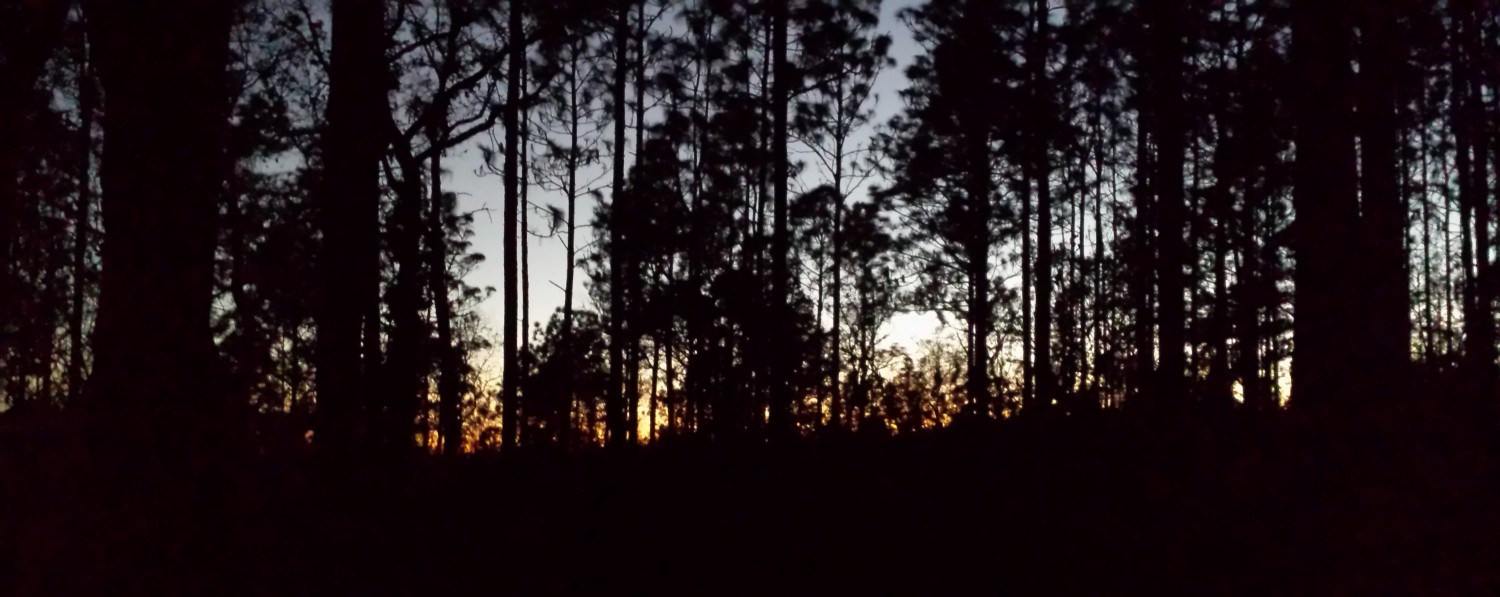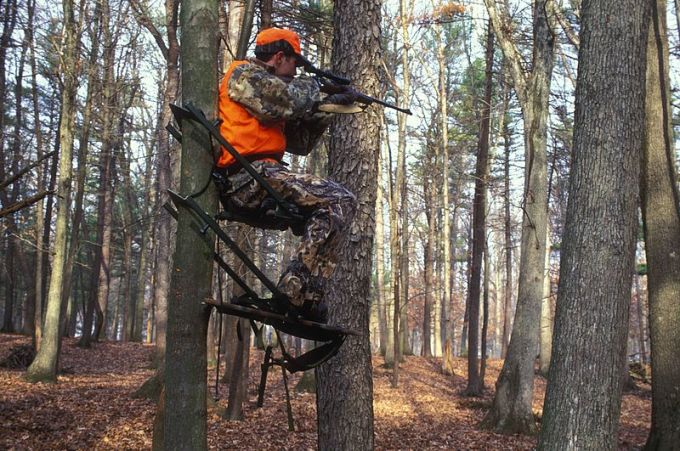One of my cats cowers with her tail and head held down, scrambling for cover at the sound of rain, even though she has been living indoors for two years. I found her at a campground when I was hiking one day, and even though we live in Florida, night temperatures had fallen below freezing. I don’t know how long she was out there, but this tiny cat had to withstand fairly extreme temperatures and brave the elements. It apparently left an indelible mark on her which has persisted all this time.
When I was an undergraduate psychology student, I remember in the course of my studies hearing and reading that animals, including humans, are wired to seek pleasure and avoid pain. It makes sense; pain is a mechanism that enables an organism to avoid certain things as they maneuver through their world, striving to ensure their basic needs are met. Pain is a warning that something is wrong. Sometimes that pain is psychic, corresponding to an earlier time when extreme discomfort was endured. There was a time that fear, pain and suffering were phenomena thought to be restricted to humans, not other animals, but we now know better. Or at least we should. The avoidance of pain is an evolutionary adaptation that was around long before humans ever came along. It is now widely recognized and accepted that human and non-human animals alike exhibit a wide range of emotions that have evolved over millions of years and are tools that enable us to survive.
Despite our understanding and appreciation of animal suffering and pain, we still accept it as a necessary reality in certain circumstances. For example, here in the U.S. we as a culture accept and rationalize that animal suffering is a necessary part of exploiting animals, for example, in the food industry. We tell ourselves that the suffering is minimal and that the animals are humanely treated and euthanized. To believe otherwise would be too uncomfortable. Increasingly, the realities have surfaced as graphic videos and images have made their way into social media, exposing the horrors of factory farming. However, human behavior adapts to changing beliefs very slowly and the unthinkable still happens to billions of farmed animals every single year, not to mention staggering amounts of marine animals and non-farmed animals that are killed for human use and consumption. We as a society continue to ignore their cries, their anguish, misery, pain, and suffering.
Some people argue that hunting is more acceptable, a humane and healthy alternative to supporting the breeding for slaughter of billions of animals each year in factory farms. But how different is it, really? True, the animals that live in our remaining wild places: wildlife refuges, nature preserves, state and national forests, parks, as well as private property are fairly free to roam, at least within the anthropogenic barriers of these remaining wild spaces. However, some amazing similarities exist that most people probably don’t even think about.
I was talking with a co-worker the other day, someone who is a friend to animals and has rescued and rehabilitated quite a number of them. Years ago, she even helped me with a baby squirrel. Her comment that hunting is necessary to stave off overpopulation because we are destroying their habitat prompted my response of how hunting actually increases populations. She looked at me askew. She finally said, “I don’t see how that works…” How can hunting increase populations? That doesn’t make any sense. Hunting has been known to decrease and even extirpate certain populations and to cause extinctions. In fact, overhunting and habitat destruction are two of the biggest problems leading to mass extinctions on the planet. The white-tailed deer, prairie chicken, and wild turkey are a few of many species almost hunted to extinction until regulations were put into place to ban market hunting and to control hunting. So how can hunting increase populations?
The simple explanation is that government wildlife agencies are in the business of selling hunting licenses and tags. If you are in the business of selling something, do you really want to see your product numbers decrease? It makes perfect sense that you would want to increase the product you are trying to sell. That being said, how could you increase the population of a species that is being killed for profit? For a polygamous species such as deer, that’s fairly simple: kill more bucks than does. A decreased number of deer on the landscape equates to more food per remaining deer. The surviving bucks will mate with the females who will exhibit what is known as a compensatory reproductive response due to the increased amount of food available. Some will have twins or even triplets. The result? More deer to kill next year. It’s pretty simple. It is a deer factory. Add in bait stations and the rate of reproduction is potentially even higher.
Is this really more acceptable and humane than farmed animal factories? Is breeding a “game” species more acceptable than breeding a pig, chicken, or cow? Is bringing deer into this world only to shower them with bullets or arrows as they attempt to go about their daily lives nobler or more ethical? Knowing what we know today about the wide range of emotions experienced by non-human animals, how can this scenario be viewed as acceptable?
I’ve heard hunters state that it is better to kill animals out in the wild rather than to let them die of starvation, exposure, predation, you name it. It’s like saying it’s more humane to riddle me with bullets now rather than let me die of natural causes, a possible accident, cancer, heart disease, drowning in the bathtub, having a tree fall on me…it is a ludicrous argument. Plus, they are leaving out a very vital piece of information. The fact is that countless victims of hunting do not die instantly. Many wander away to die a slow and agonizing death. Their injuries if not immediately fatal can lead to death by predation, exposure, and starvation from which these hunters so righteously claim they are sparing these animals. Listen to the arguments defending hunting and if you do, you will come to understand that their arguments are in defense of something that is inherently indefensible.
Wild animals have to contend with so much, besides the usual trials and tribulations inherent in living in the wild. Thanks to humans, they also have to put up with the destruction of their habitat, the hazards of ubiquitous roads even within forests, human-imposed barriers to free movement, the polluting and poisoning of their water and environment, and a host of other dangers. Add to these hardships the looming and ever-present threat of having their lives taken by a human. Rather than being free to live their lives as they normally would, wild animals are known to change their habits and behaviors to avoid the danger of humans. Normally diurnal species try to adapt by living nocturnal lives…but then there is night hunting. They are living in an almost constant state of human-induced fear in a contrived environment. I see anything but a humane, ethical, acceptable alternative to the mass killings occurring in our slaughterhouses across the country.


Very well written and thoughtful. Your points are valid and heart breaking. Revealing the manipulative and greedy nature of the very organizations that we are led to believe are helping the animals is eye-opening for sure. It is disgraceful and wrong that wildlife
“conservationist” do not actually protect wildlife.
LikeLiked by 1 person
You got it, Jackie. Actually you caught on to this a lot quicker than I did. Besides everything you stated, the state wildlife agencies are public servants that are supposed to be overseeing the state’s wildlife which, under the Public Trust Doctrine, belongs to ALL the people (in fact, wildlife really belongs to no one…but the dead ones belong to the hunters). It is all wrong…and we are paying for it. As a gun owner, you pay the 11% excise tax on guns and ammunition that goes towards “conservation” efforts and hunter education. I think if more people were aware of these facts, they would be OUTRAGED!
LikeLike
Reblogged this on Cecils Pride.
LikeLike
Reblogged this on Exposing the Big Game.
LikeLike
Well written but I do not buy the argument that hunters are humane conservationist. Somehow, the image of a man/woman hiding somewhere with a deadly assault weapon, tricking an animal into a false sense of security and then killing it in cold blood does not quite equate for me to the image of an animal lover who is doing the killing for the good of the animal.
This argument that killing animals is for their own good is the biggest lie and cover up. It reminds me of the baby giraffe that was killed in a zoo in Denmark because his genetic material made him unsuitable for breeding. He was a surplus! The zoo manager made a big exhibit of killing the 14 month old giraffe and feeding it to the lions in front of a bunch of spectators! Can anything be more despicable that this act? And yet it was done by the humans who put themselves in the position of playing god!
Humans, unfortunately, are unstoppable parasites consuming all animals and natural resources around them everywhere. Hunters use this unfortunate dire situation for animals to excuse their appetite to kill.
LikeLike
I couldn’t agree with you more. I remember that incident of the baby giraffe. It was sickening. The disposal of “surplus” zoo animals happens all the time in zoos all over the world, I’m sure. When I was volunteering at a wild cat sanctuary, they had taken in some zoo surplus animals, beautiful snow leopards, that were going to be “euthanized” (KILLED). Humans will be stopped eventually by something…but not before destroying everything in their path. Thank you for commenting and for reading my post.
LikeLike
Reblogged this on uddeer and commented:
Yes, the Game Commission sells licenses to kill and promotes deer reproduction at the same time. Wildlife Services will gladly sharp shoot deer in our township.
LikeLike
Thanks Chris! They do sell licenses to kill and therefore their goal is to increase populations to sell more licenses. This is something they never actually talk about and seldom admit. In neighborhoods, once people have complained enough, they will send sharp-shooters to kill deer because it turns into a liability problem. It’s really sickening.
LikeLiked by 1 person